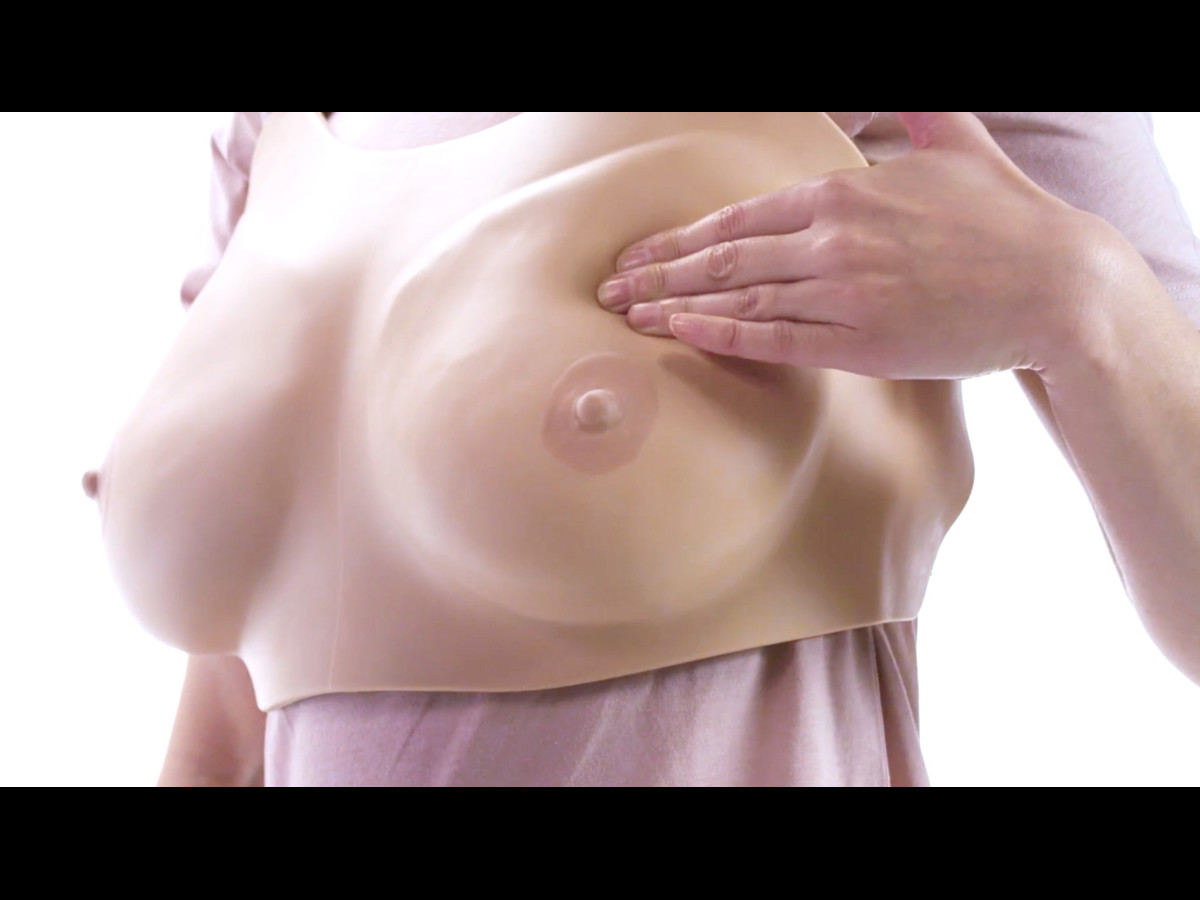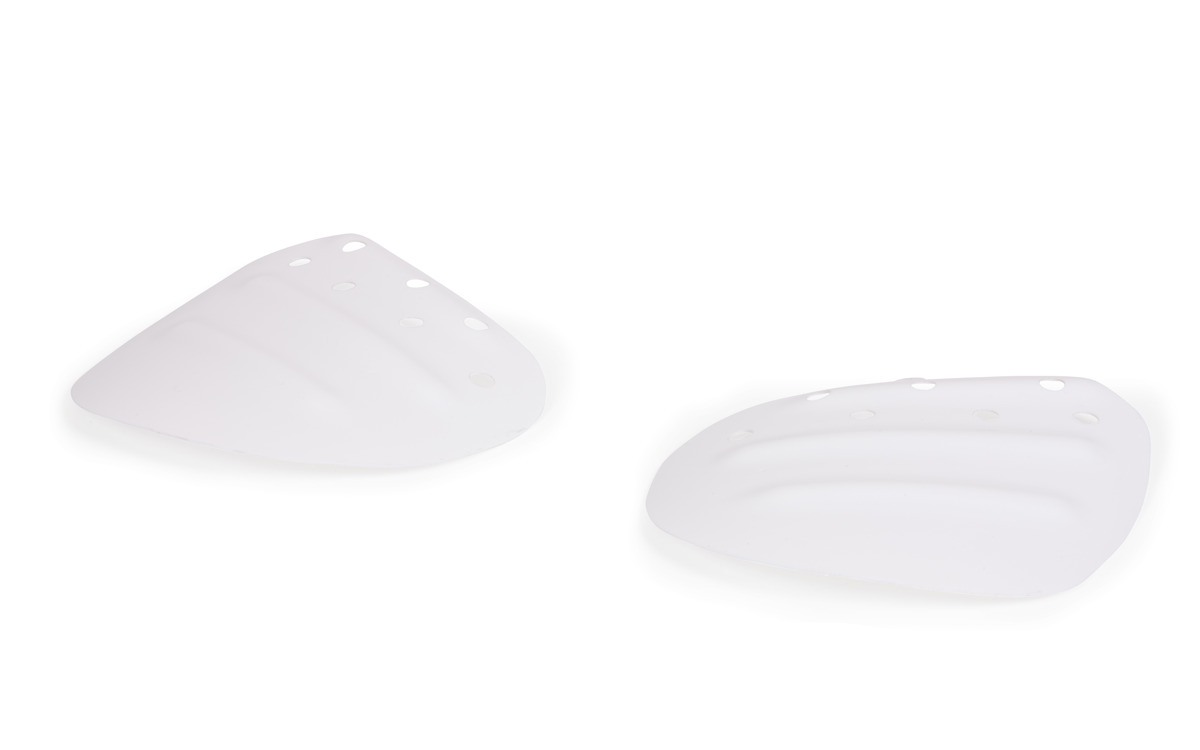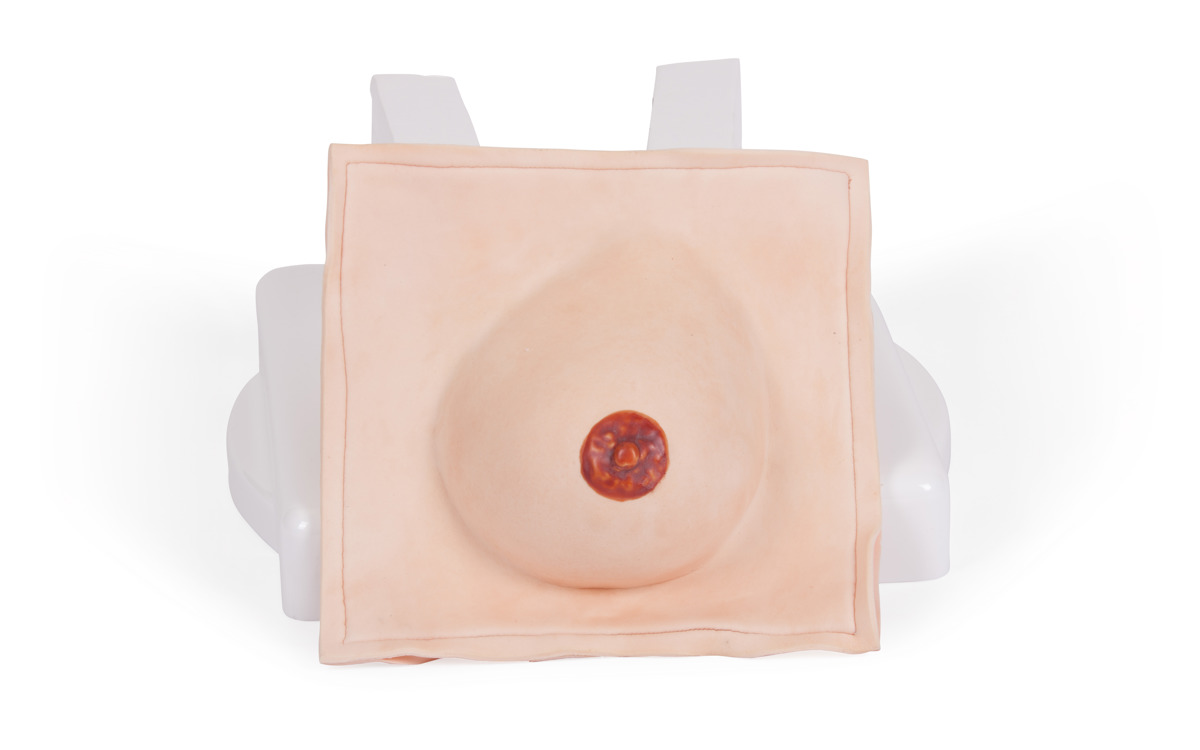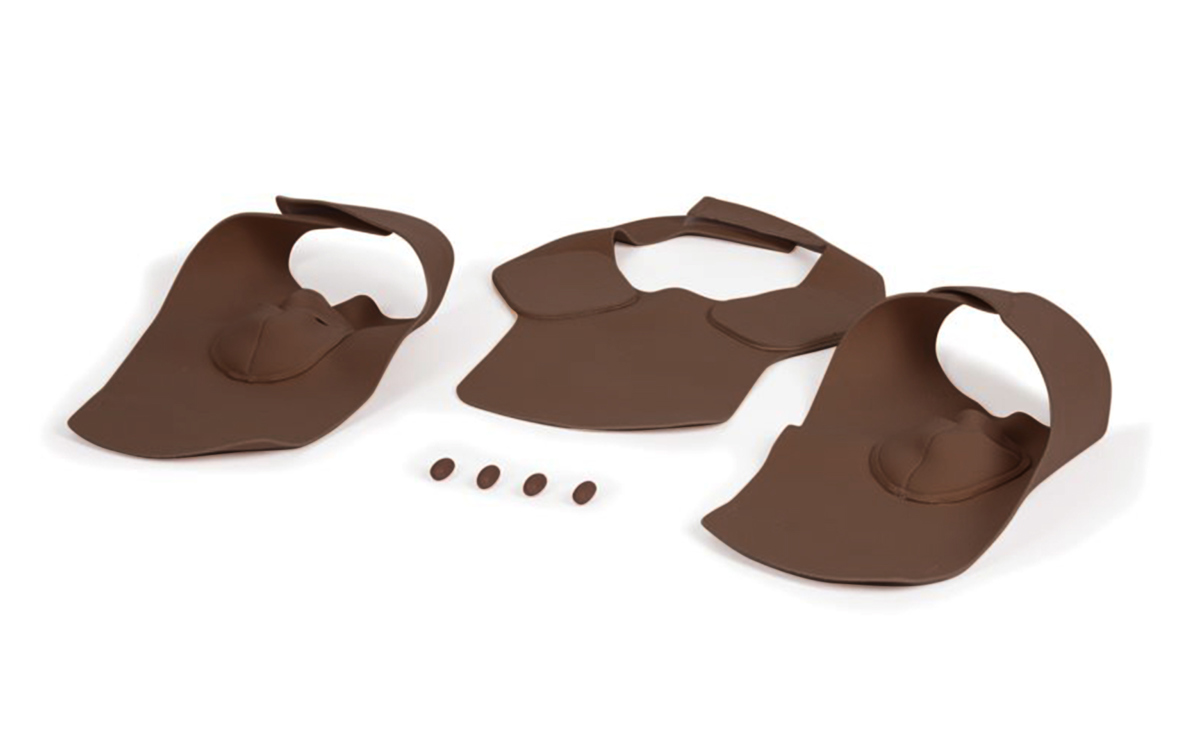












Standard Breast Examination Trainer (Light Skin Tone)
Skin Tone
Model
Adding to cart...
Added to cart
Sorry, something went wrong adding the product to the cart.
Limbs & Things’ Standard Breast Examination Trainer provides a realistic learning platform for both bench top and simulated patient learning.
This breast examination simulator offers a range of pathologies and set-up options, allowing trainees to acquire the fundamental skills to perform clinical and breast self examinations.
When designing the latest version of our Breast Examination Trainer we made strides in improving the realism and pathologies of the model, in close collaboration with:
- Peter Donnelly of Torbay Hospital, UK
- Staff of the Clinical Skills Resource Centre, University of Liverpool, UK
- Staff of The Clinical Practice Centre, St James’ University Hospital, Leeds, UK
Using the breast supports, pathologies can be easily placed for the examination and identification of fibrocystic disease, fibroadenoma, cyst and carcinomas.
Overview
- Pathologies are easily changeable and can be placed in various predetermined locations
- Offers dual purpose training, bench top (with the use of the hard torso) and hybrid
Realism
- Soft tissue breasts offer a realistic look and feel
Versatility
- Range of pathologies can be moved within the breast model for a variety of diagnostic scenarios
- Ergonomic design for Simulated Patient exercises, including prolonged use in OSCEs and assessments
- Adjustable straps to fit a wide range of simulated patients
Cleaning
- Product skin surface is washable using a mild soap and water
- Allow to fully dry before storing
Safety
- This product is latex free
- Use a small amount of talcum powder in the recess of the breast tissue to stop the insert sticking to the inside of the model
- When used on a simulated patient, ensure the breast trainer is fastened correctly, with not knots or twists in the straps
Simulated Patient
- Wearable breast component can be used with a simulated patient, strap fastenings can be adjusted to the wearer
Anatomy
- Realistic soft tissue for palpation of the breast
- Supplied with a variety of pathologies:
- Carcinomas (2cm, 3cm and 5cm in size)
- Cyst
- Fibrocystic disease
- Fibroadenoma
Skills Gained
- Clinical Breast Examination (CBE)
- Self Breast Examination
- Identification of anatomical landmarks
- Location and diagnosis of pathologies
- Professional to patient communication with Simulated Patient set-up
Comparison |
Product No. |
||
|---|---|---|---|
| Skills | 40200 | 40201 | 40202 |
| Clinical breast examination (CBE) | Yes | Yes | Yes |
| Self breast examination (SBE) | Yes | Yes | Yes |
| Identification of anatomical landmarks | Yes | Yes | Yes |
| Identification of lymph nodes (axillary, supra & infraclavicular) | Yes | Yes | Yes |
| Location and diagnosis of pathologies | Yes | Yes | Yes |
| Professional-to-patient communication | Yes | Yes | Yes |
Product Contains
Comparison |
Product No. |
|||
|---|---|---|---|---|
| What's included | 40200 | 40201 | 40202 | |
| - | Wearable Examination Breasts | Yes | Yes | Yes |
| 40203 | Lymph Node Pads + Lymph Nodes | No | Yes | No |
| 40204 | Pathologies | Yes | Yes | Yes |
| 40205 | Breast Examination Inserts | Yes | Yes | Yes |
| 40206 | Breast Pathologies Supports | Yes | Yes | Yes |
| 40207 | Breast Back Plates | Yes | Yes | Yes |
| - | Breast Examination Torso | Yes | Yes | No |
References
AAFP Recommended Curriculum Guidelines for Family Medicine Residents Reprint No. 282, 2016 Women’s Health and Gynecologic Care p.7 9. Breast health a. Anatomy and physiology of benign diseases of the breast (including cysts, adenomas, and fibrocystic changes through the menstrual cycle) b. Evaluation and management of breast disease... d. Evidence-based recommendations ... clinical breast examination (CBE), breast self-examination (BSE)
CPMEC Australian Curriculm Framework for Junior Doctors v 3.1, 2012, p.7: History and Examination: Performs a comprehensive examination of all systems; Elicits symptoms & signs relevant to the presenting problem or condition. Discriminates between the possible differential diagnoses relevant to a patient's presenting problems or conditions
RACGP Curriculum for Australian General Practice 2016, CS16 Core Skills unit, p.23 CS2.2.2.2a Demonstrate appropriate and respectful physical examination technique CS2.2.2.5a Identify situations where physical examination findings are inconsistent with history CS2.2.2.2b Effectively utilise appropriate clinical tools to optimise examination CS2.2.2.3b Effectively summarise key examination findings for the patient
CPMEC Australian Curriculm Framework for Junior Doctors v 3.1, 2012, p.7: History and Examination: Performs a comprehensive examination of all systems; Elicits symptoms & signs relevant to the presenting problem or condition. Discriminates between the possible differential diagnoses relevant to a patient's presenting problems or conditions
RANZCOG Curriculum, 3rd Ed. (2015) p.49 B.1.2 Antenatal care Assess and manage common clinical problems that arise in pregnancy ...Breast pain, breast lump
Competence and Curriculum Framework for the Physician Assistant 2012, p 12 and 23 2.3.5 ...Perform a physical examination tailored to the needs of the patient and the demands of the clinical situation, including ...breast examination ...The Physician Assistant should be familiar with the following patient presentations and should be able to manage and diagnose / refer appropriately: ...Breast problems (lump, pain, discharge, surface changes)
Specialty Training Curriculum for Core Medical Training, 2013 p. 117: Oncology Common cancers (presentation, diagnosis, staging, treatment principles): ...breast.
The UK Foundation Programme Curriculum 2016. p.9: obtains history, performs clinical examination, formulates differential diagnosis and management plan (FPC 11)
The Intercollegiate Surgical Curriculum - General Surgery, 2016, p.32 12.5.2 Manage patients presenting with any breast condition. Competent to assess ... female patients with breast symptoms or signs within the breast diagnostic MDT
















